How long is warmed breast milk safe? As a parent, you must know the product’s warming and storage limits. This will ensure your infant gets the best components with no added risks. Knowing the right time for warmed milk will cut waste and help ensure the little one is healthy.
When it comes to feeding your baby, ensuring the safety and quality of breast milk is a top priority. If you’ve ever wondered how long warmed breast milk is safe to use, you’re not alone. Additionally, if you’ve warmed milk or need to store it, know the guidelines to preserve its nutrients and prevent bacteria. This guide will cover the best ways to store, warm, and use breast milk. We’ll do this to keep your little one healthy and happy.
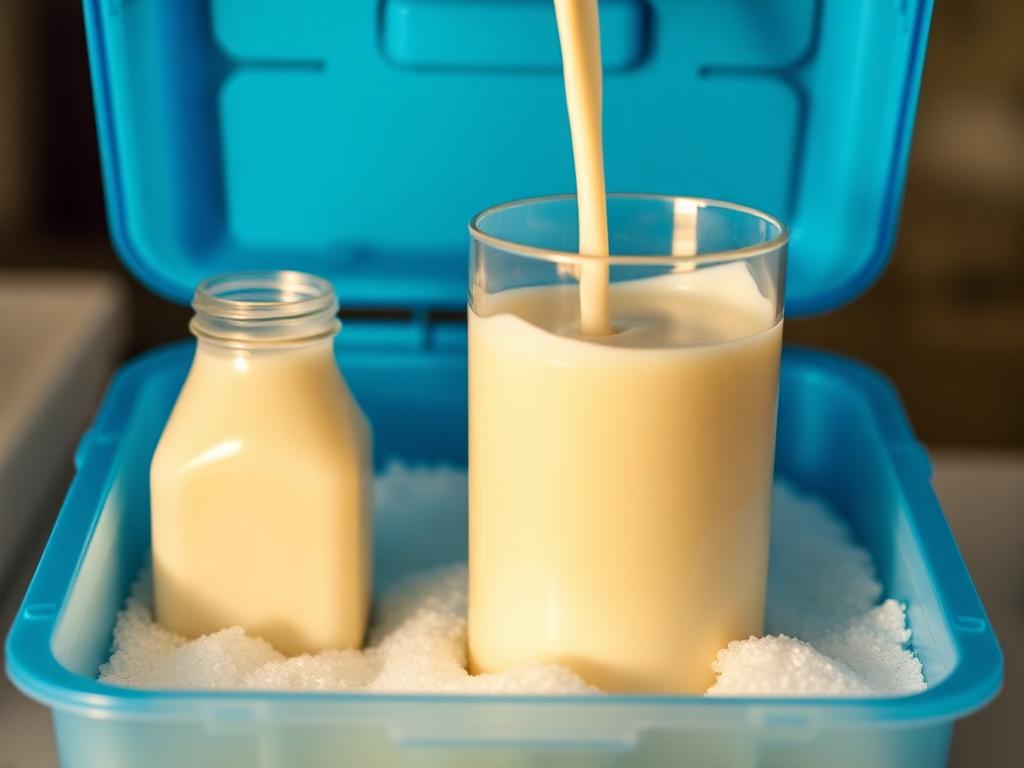
The Importance of Appropriate Warming and Storage of Breast Milk
Special heating and storage procedures are necessary to make breast milk safe. This is because breast milk will grow bacteria if it is not warmed or stored properly, and the quality of breast milk is lost. By understanding and following these crucial procedures, you will provide your baby with the best and safest milk possible.
Best Practices for Warming Breast Milk
To maintain the quality of the breast milk upon warming, use methods that slowly warm the milk to a safe temperature at all times. Here’s what you should know:
- Never Microwave: Never microwave breast milk. This is because microwaving heats unevenly and forms hot spots that may burn your baby’s mouth. Additionally, microwaving destroys precious nutrients and antibodies found in the milk.
- Bottle Warmers and Warm Water Baths: The ideal way to warm breast milk is with a bottle warmer or warm water bath. Bottle warmers heat milk evenly and to a safe temperature. When warming in a water bath, submerge the bottle or storage bag in warm water that is not boiling. Afterward, shake the bottle slightly to check the temperature and see that it is not too hot for your baby.
How Long Is Warmed Breast Milk Safe?
As a new parent, you want the best for your baby. That includes the freshest, most nutritious milk. If you’re using stored breast milk, it is essential to know how long it’s good for after warming it. This is crucial to your baby’s health and safety. This post will guide you on the best way to safely warm up and store breast milk while keeping its nutrients.
The Basics of Storing and Warming Breast Milk
Storing breast milk correctly and understanding the appropriate warming times are crucial. Improperly warmed breast milk or breast milk that you keep too long can be unsafe for your baby. Luckily, a few simple guidelines can help. They ensure your little one gets the best nutrition without compromising safety.
When it comes to warming breast milk, always use the appropriate techniques to maintain its quality. Never microwave breast milk, as it creates hot spots and destroys important nutrients. Instead, set the bottle in either a bottle warmer or a warm water bath for the safest results.
Best Time Frames for Warmed Breast Milk
After warming breast milk, caregivers must know the safe duration for its use. To help us, here is a general guideline:
- Room temperature: Use warmed breast milk within 2 hours at room temperature (68-72°F).
- Refrigeration: If you refrigerate warmed milk within an hour, it can stay good for up to 24 hours. However, it should never be returned to the fridge after being heated.
Additionally, you should warm only the amount of milk that you think your baby will drink. If the baby doesn’t finish, you must discard it within 2 hours, or else it may lead to bacterial growth.
Best Practices for Storing and Warming Breast Milk
The safety of breast milk can be ensured through proper storage and warming. Here are some key tips for every parent are:
- Freeze in small quantities: This way, you can thaw just what you need without waste.
- Label your milk. It tracks the date and time you stored it in the fridge or freezer. As a result, it ensures you use the oldest milk first.
- Use a reliable bottle warmer. A good one will heat the milk to the right temperature without overheating it and spoiling the milk.
When to Discard Warmed Breast Milk
The safety of your baby is everything, so you must know when to discard warmed-up breast milk. For example, if your baby does not finish their milk after 1-2 hours, discard it. Additionally, never store or reheat warmed milk. As it can cause harmful bacteria to grow.
How to Keep Your Baby’s Milk Fresh
Keeping breast milk fresh is all about proper storage. Following are a few more tips:
- Use airtight storage containers. Glass or BPA-free plastic bottles work well for storing milk in the fridge or freezer.
- Thaw milk safely. If you freeze breast milk, always thaw it in the fridge overnight or in a warm water bath. Never thaw it at room temperature.
- Keep your freezer full. Freeze milk in small portions. This lets you thaw only what you need.
For parents desiring the best for their baby, some quality investments will go the extra mile. Here are products to help store, warm, and safely use your breast milk:
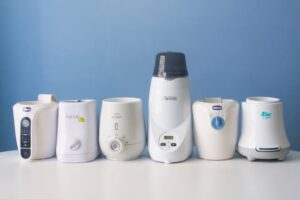
- Best Bottle Warmer: A quick and efficient way to have milk at the right temperature.
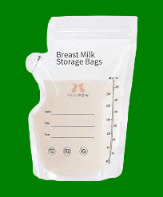
2. Breast Milk Storage Bags: Handy and leak-proof for storing your milk safely.
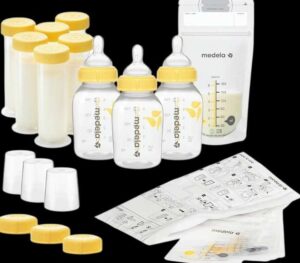
3. BPA-Free Storage Bottles: These are safe, easy-to-use bottles for freezing and storing breast milk.
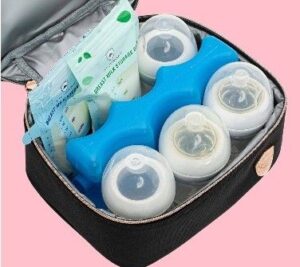
4. Breast Milk Cooler Bags: For travelers, they keep your cold milk cold for several hours.
You can keep your baby’s milk safe and healthy all the time with the right tools for the job.
This guide will reassure you. It explains the safe use of warmed breast milk, how to store it, and when to discard it. Follow these steps. You are doing a great job of keeping your baby healthy and nourished.
FAQs
FAQ 1: How long can you store warmed breast milk at room temperature?
Consume warmed breast milk left at room temperature (68-72°F) within two hours. After that, discard anything over two hours. As it may have bacteria.
FAQ 2: Is it okay to rewarm breast milk by putting it in the fridge?
No, when warming breast milk, do not place it back in the fridge. If your baby can’t drink all the milk in two hours, dispose of it to reduce safety risks.
FAQ 3: How can you safely warm breast milk?
Breast milk can best be warmed up in a bottle warmer or a bowl filled with warm water. Avoid using a microwave, as it can be dangerous. It may cause hot spots. You need to handle them with extreme caution.
FAQ 4: How do I know if warmed breast milk is still good?
Throw away the milk if it has been around for more than 2 hours or if it appears to have a rotten scent or taste. Bear in mind to have a look and a sniff before handing it to your child to make sure it’s in good shape.
FAQ 5: Can I freeze breast milk after warming it?
Once the breast milk has been made, it should not be put in the freezer again. If you wish to use it at a later time, then place it in the refrigerator after heating it and consume it within 24 hours.
FAQ 6: What’s the best way to store breast milk for later use?
Use **BPA-free storage bottles** or **milk storage bags**. Always label them with the date and time when you expressed the milk. To avoid a spine chill, store milk in a **cooler bag** or **freezer**.
FAQ 7: How can I make sure my baby always gets fresh milk?
Invest in a good bottle Warmer and freshness-keeping storage containers can keep your baby from drinking cold milk. In the images below, check which materials help best in keeping milk ready to use.
At last, communication breaks new ground in custom pages. For instance, a case study of archetypical breast milk shows this. Someone prepared it in advance, but it is time-inaccurate. Every parent knows, in their own way, that once they have fed a kid, it’s best to stick to best practices.
Use warmed breast milk within two hours if left at room temperature. Chill it but never heat or reheat it. A good milk storage technique ensures safe ways to warm and discard milk.
This is vital for a lactating person trying to provide the best nutrition to their child. Invest in quality storage and warming products. They will make the process more efficient and transparent. If you have enough resources and insight, don’t worry. With the right resources and knowledge, you’ll always be able to meet your baby’s needs.
